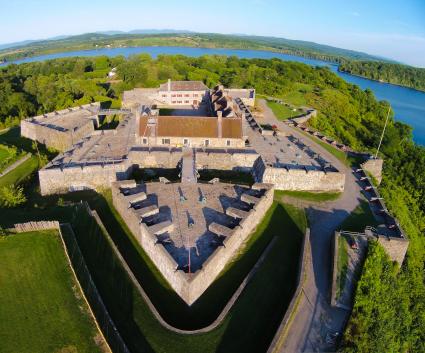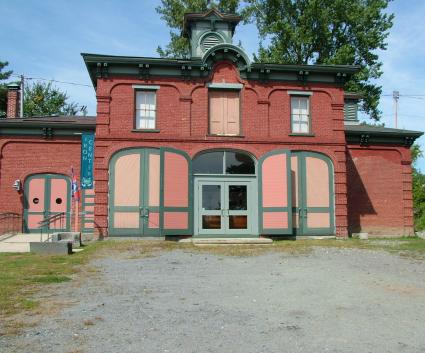Historical gems
Lighthouses distinguished by their isolated locations, connection to the sea, and grand heights above the land inspire romance and a little mystery. Lake Champlain has a rich history of lighthouses because it’s a major body of water on the northern east coast of the United States, close to Canada. The lake was once a major throughway — before railroads — for exports like iron ore and lumber traveling all over New England and to the Mid-Atlantic states. Lighthouses may not be as useful today because of technology and different modes of travel, but they are not all lying dormant. Many still tower above the land and sea, beacons of the past, and are manned by the US Coast Guard. I had the opportunity to go on the “Lighthouses of Lake Champlain” open house sponsored by AARCH (Adirondack Architectural Heritage). I spent a Saturday exploring and learning more about the different lighthouses of the Lake Champlain region.
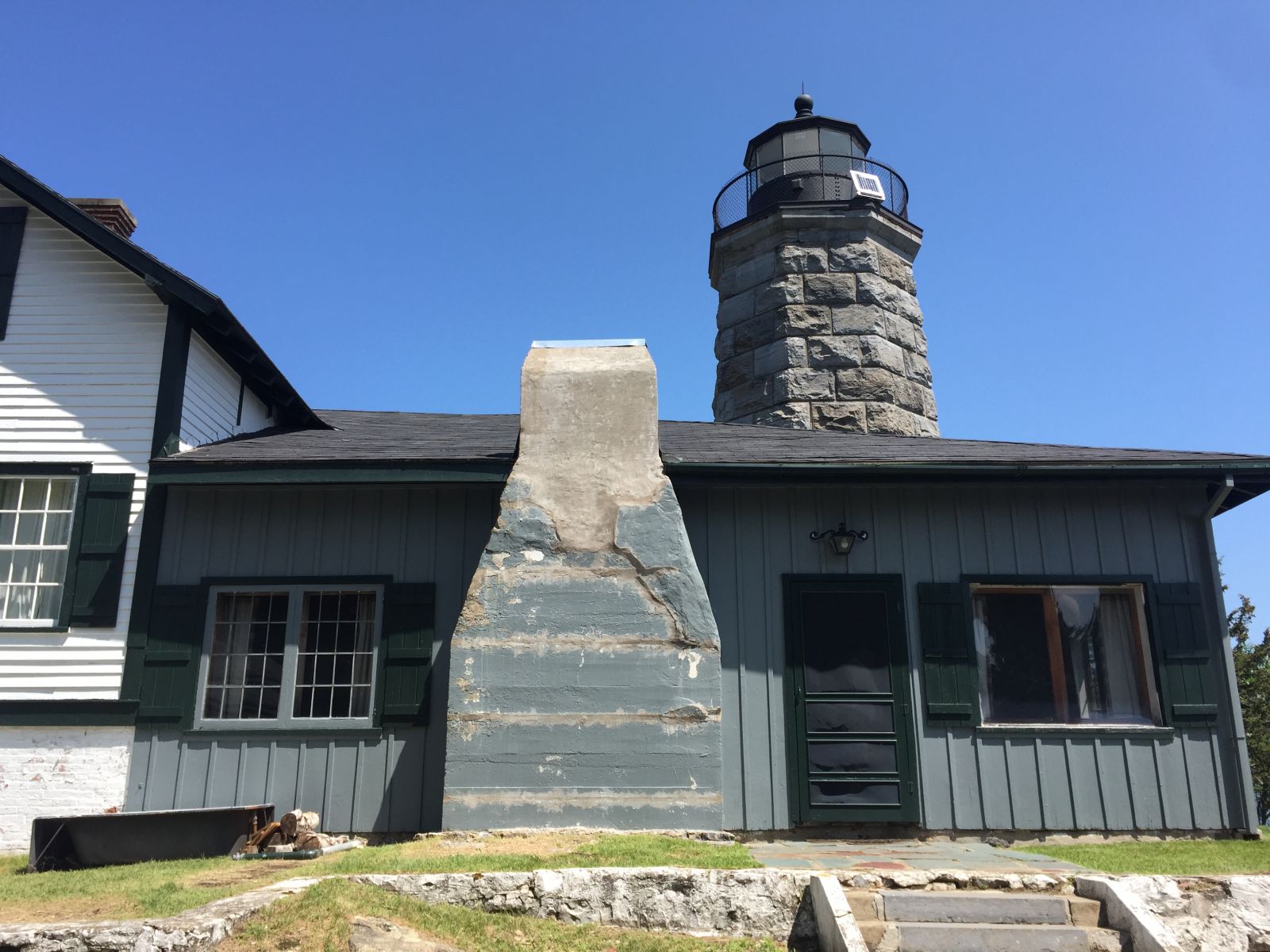
AARCH, under the leadership of Executive Director Steven Engelhart and a small, dedicated staff, is the historic preservation organization for the Adirondacks in New York state. They are responsible for preserving the rich history and architecture in this six million acre park, and beyond, which is no small feat. In addition to preserving the landmarks of the Adirondacks for our own viewing, AARCH hosts guided tours throughout the year. The tours are fascinating and thoughtfully curated. Even non-history buffs would be impressed by the abundance and diversity of topics, from Timbuctoo, the late 19th century black farming community, to the American health industry’s tuberculosis-inspired architecture in Saranac Lake.
The Lighthouses of Lake Champlain was a tour that required I travel at my own pace to each destination. I chose to begin at Split Rock Lighthouse in Essex and then traveled to nearby Crown Point on the New York side of the lake. I ended with Isle La Motte and then Windmill Point on the Vermont side. For the purposes of this blog post, I’ll stick to my experiences on the New York side, but the Vermont destinations are undoubtedly worth the time it takes to travel. Before I started on my journey AARCH equipped me with an informational guide on the history of each lighthouse and driving directions. When I arrived at each destination I was met with a docent who shared the stories and histories of each location.
To the lighthouses
Split Rock Lighthouse
Split Rock in Essex is privately owned so it’s not always open to the public. But, part of AARCH’s work is to bring the history of this region to the public. Split Rock is gorgeously set on the shores of Lake Champlain in Essex, which is an idyllic farming and coastal town in the Lake Champlain Region. When I arrived I was struck by the adjoining cottage to the lighthouse towering above. Inside the cottage, set up like a museum, I found charming lighthouse memorabilia, including old photographs of the lighthouse in its first iteration as a 30-foot tower constructed of limestone with eleven lamps and 14-inch reflectors. Split Rock wasn’t always privately owned, but the passing of time meant decay and disuse. According to AARCH’s Lighthouses of Lake Champlain informational guide, “During the Great Depression, the federal government aimed to remove its surplus properties and sold the lighthouse to Albany’s Mary Hun for $2,700.” Since then the lighthouse has seen a change of hands over time, and in 2003 “was relit after 70 years of inactivity.” This impressive structure with its adjoining cottage enabled me to experience the grandeur of something nearly 200 years old (it’s 181 years old; it was completed and ready for use in 1838) standing in front of me.
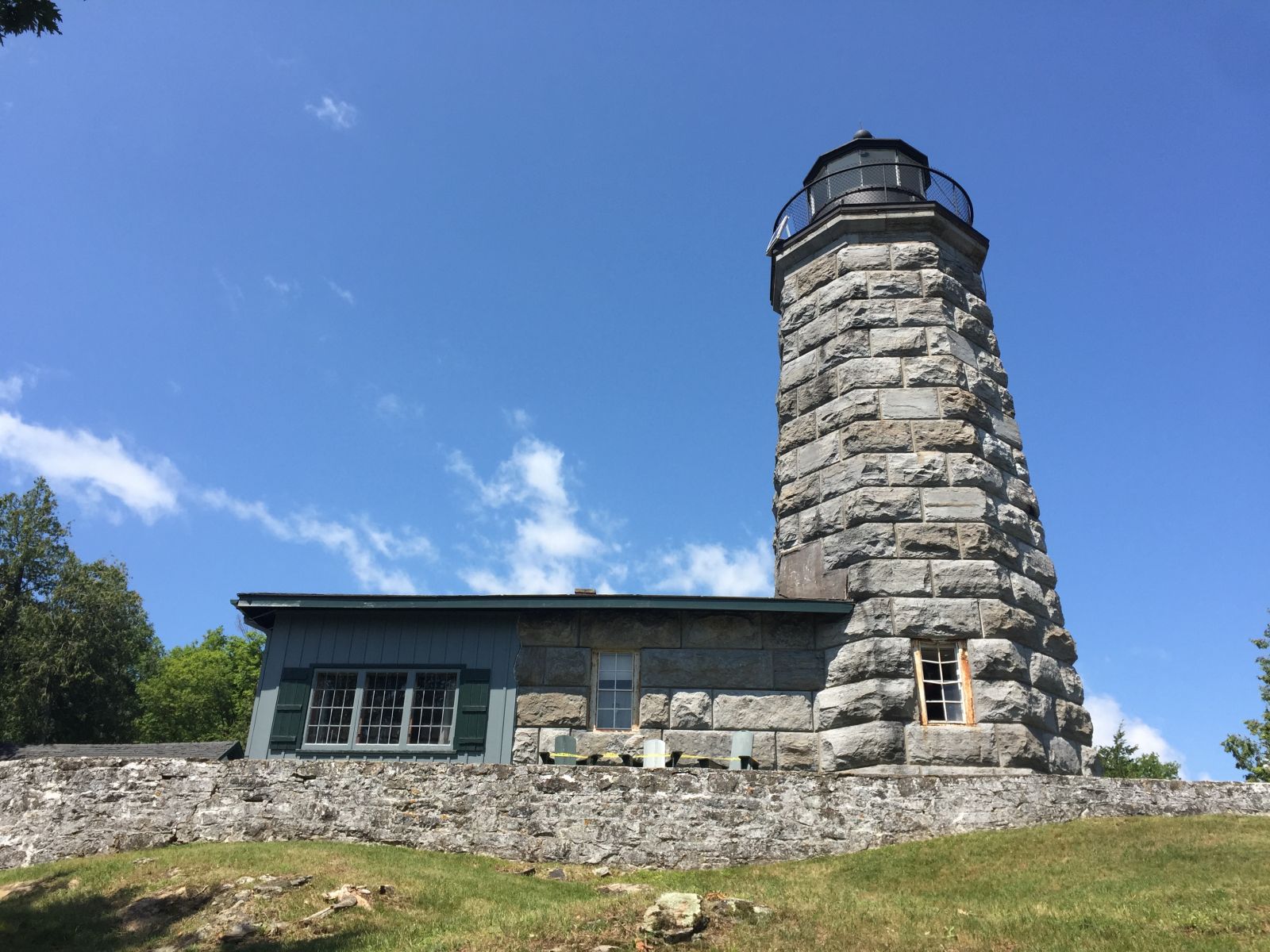
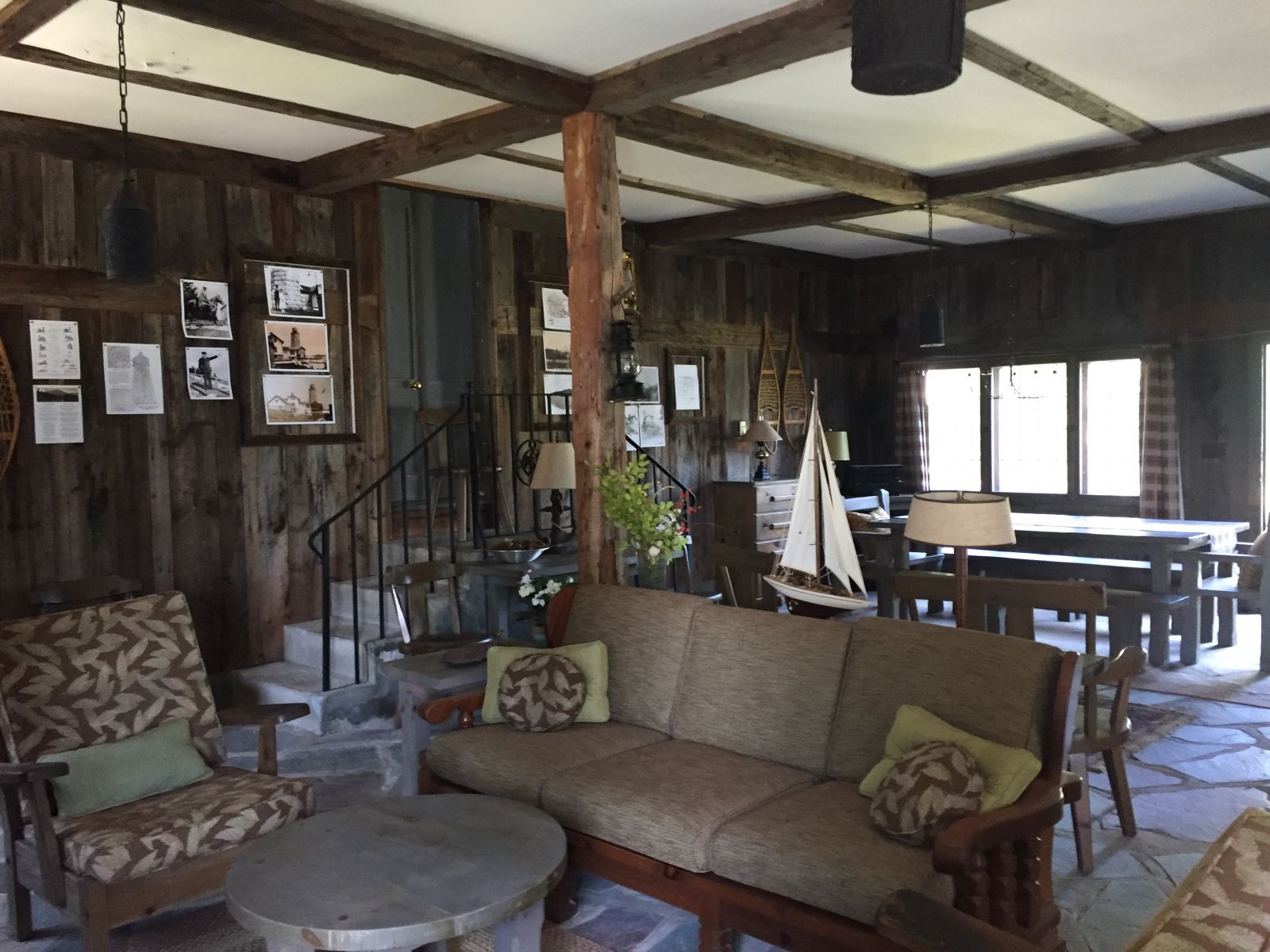
Crown Point Memorial Lighthouse
The Crown Point Lighthouse has been restored and is located on the Crown Point state campground, which is public land so the lighthouse is open for viewing. It contains “part of the foundation, interior brick, and the central shaft and staircase” of its original iteration that dates back to 1858. I was able to climb to the top of the structure and view the Crown Point Bridge and surrounding landscape. Today the lighthouse is identified as the Champlain Memorial Lighthouse, and because of this, Nolan Cool, AARCH preservationist and docent, informed me that one of the lighthouse's adorned busts, "La France," which is supposed to represent Camille Claudel and to depict the "beauty and soul" of France, Samuel de Champlain's homeland, was sculpted by Auguste Rodin. Camille Claudel, also an artist, was the protege of Rodin. Above this is a bust of de Champlain and two scouts sculpted by Carl Hebert.
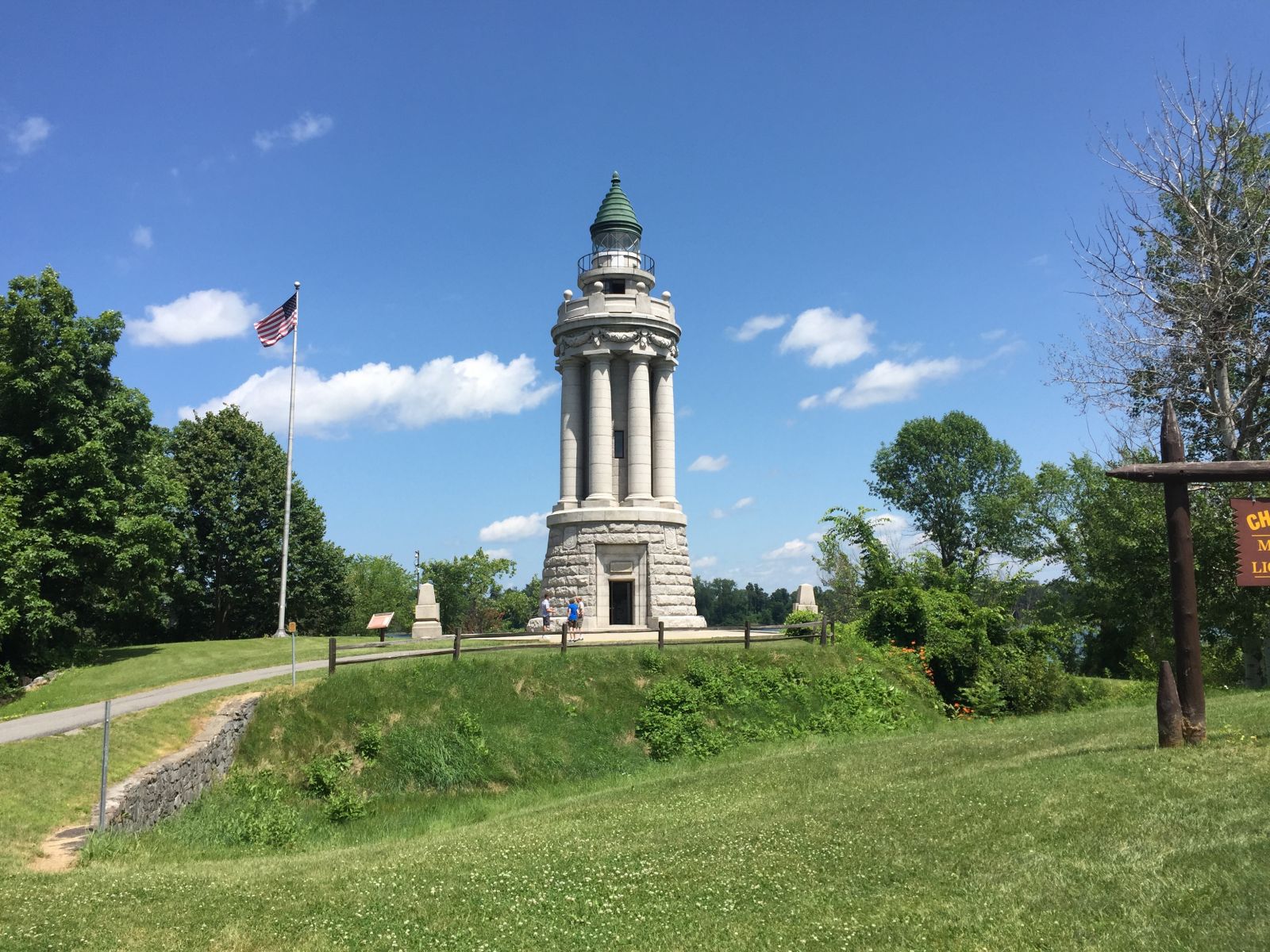
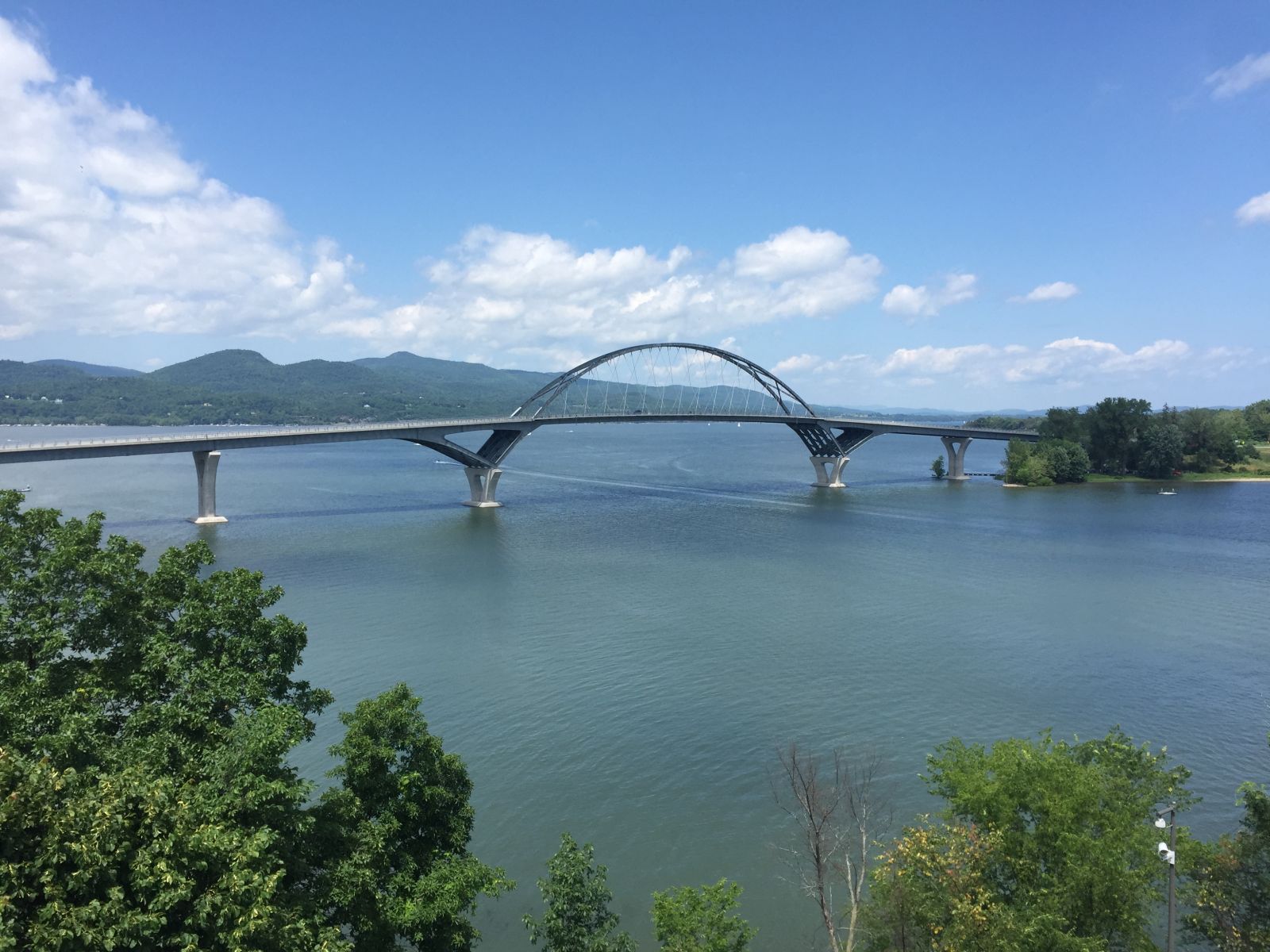
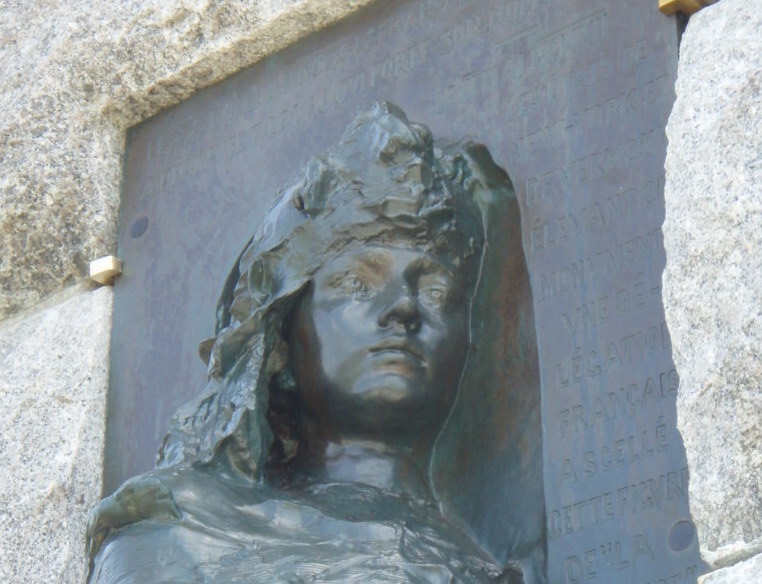
Besides being blown away by climbing to the top of a lighthouse on the shores of Lake Champlain, I was impressed by how much I learned from my AARCH tour. Tours hosted by AARCH are available year-round with peak seasons being summer and fall. AARCH offers a fascinating look into what makes the Adirondacks and its surrounding areas so precious and unique. You can visit them in Keesville.
Start planning your trip to the majestic and historic Lake Champlain region today. Find the perfect lodging and spend the day exploring our nature and history.










